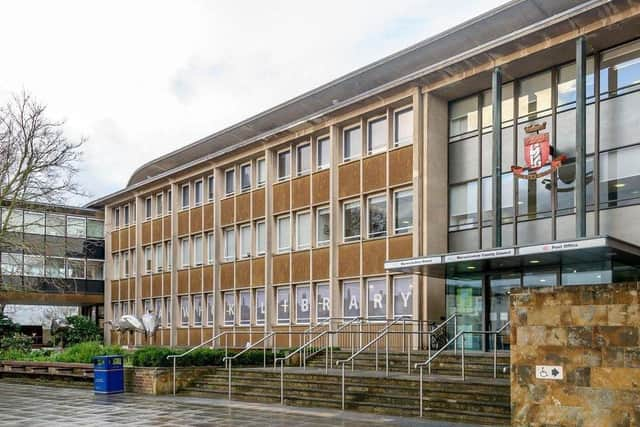New transport plan for Warwickshire adopted despite doubts of its impact
and live on Freeview channel 276
Warwickshire County Council voted through the implementation of Local Transport Plan 4 (LTP4) on Tuesday, a strategy that sets out broad aims to guide decisions on road, active travel and public transport projects.
It says future policies will be based on four key themes – environment, wellbeing, economy and place – with environment and wellbeing coming out as top priorities during a public consultation.
Advertisement
Hide AdAdvertisement
Hide Ad

It was not unanimously supported, though, with Liberal Democrat councillors voting against, deeming that the policy and the evidence supporting it was too vague.
Five of the ruling Conservative group abstained – did not vote – with one dismayed at motor vehicles carrying less priority than pedestrians, cyclists and users of public transport.
Labour and the Green Party expressed reservations but supported the plan after the latter had an amendment accepted to strengthen the weight behind the transport hierarchy – for active travel options to come first, public transport second, private vehicles third.
Green group leader Councillor Jonathan Chilvers said past versions of the policy had not been taken into account when major projects were considered by the county.
Advertisement
Hide AdAdvertisement
Hide Ad“This isn’t saying there is no place for private motor vehicles, particularly in rural areas and for those with mobility needs,” he said.
“But when we are designing transport schemes, we should look at ways of encouraging active travel first, public transport second and private vehicles third. In the past, I don’t think that has always been the case.”
Labour leader Councillor John Holland added: “I have known these local transport plans, they must go back several decades, and they had twin targets of healthy lifestyles and reducing environmental impacts,” he said.
“The problem is not with the plans, it is with their implementation. Looking at the transport infrastructure projects that have come through in recent years, they seem to me to be in conflict with the plan.”
Advertisement
Hide AdAdvertisement
Hide AdThat was not far away from the position of Lib Dem leader Councillor Jerry Roodhouse who felt offering support would be a bridge too far.
“We have been told it is a high-level, strategic document,” he said.
“I think it is so high-level that we are not sure whether it is in the stratosphere or whether or not we will be able to reach it or do anything with it.
“This document is absolutely void of (links to the council’s work on) public health and all the other elements we are trying to achieve. It is around those elements that we cannot support it.”
Advertisement
Hide AdAdvertisement
Hide AdThe council’s report acknowledged that “the public’s understandable desire for action rather than words and greater council accountability underpinned the largely positive response to this indicative action plan”, promising that more detail would come through annual action plans.
Deputy leader Councillor Peter Butlin argued that greater detail could only come forward when specific projects were being considered.
“Various quarters want more detail, to second guess just about every project that is going to come forward. You can’t do that,” he said.
“All you can do is lay down a strategic proposal for how we design and move forward different schemes across the county to keep us connected. That is what this does.”
